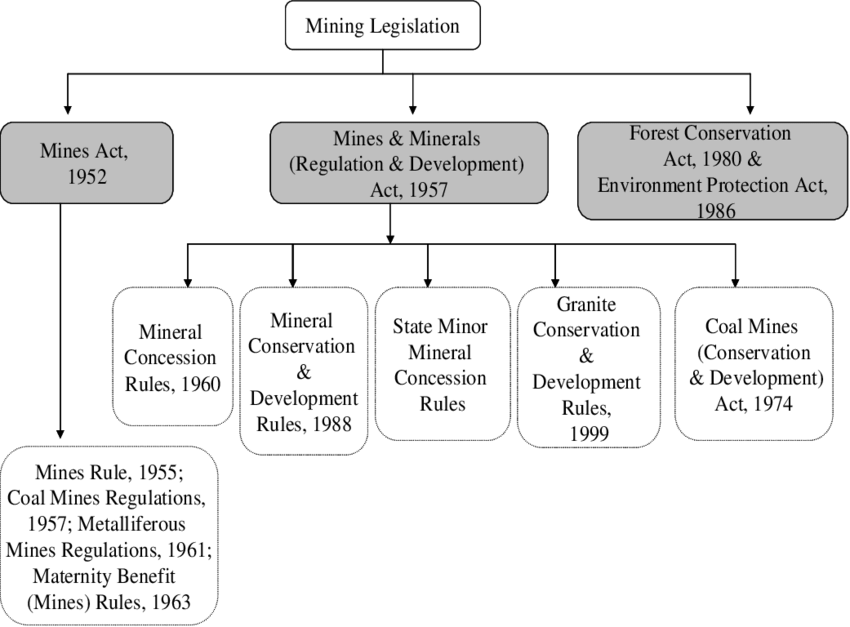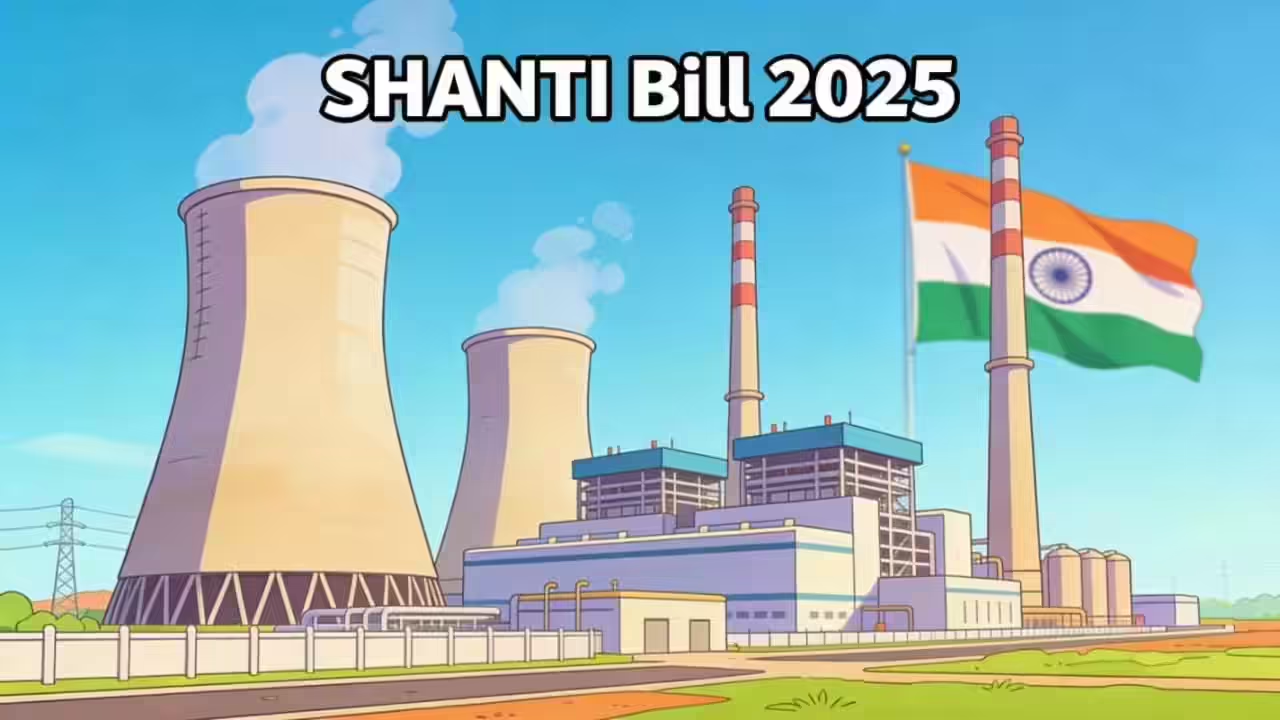Font size:
Print
Unsustainable Mining in the Aravalli Range
File Aravalli report or face contempt: SC to panel
Context: The Supreme Court of India has issued a stern warning to a committee led by the Union Environment Secretary to submit its long-pending report on the Aravalli hills by October 15, 2025, or face contempt proceedings. The report is meant to define the Aravalli range uniformly across Delhi, Haryana, Rajasthan, and Gujarat, which is crucial for curbing illegal mining.
What are the major concerns associated with unsustainable mining?
- Deforestation & Habitat Loss: Mining destroys forests and displaces wildlife, including endangered species like the Great Indian Bustard.
- Air & Water Pollution: Dust and toxic runoff contaminate air and water, causing respiratory and health issues.
- Desertification: Mining in the Aravallis weakens the natural barrier against the Thar Desert, accelerating desert spread.
- Loss of Public Revenue: Minerals are often sold below market value due to corruption and lobbying.
- Inequity & Exploitation: Wealth concentrates among extractors, while local communities suffer displacement and health impacts.
Minerals Mined from the Aravalli Range
- Building Materials: Marble, Granite, Sandstone
- Industrial Minerals: Mica, Feldspar, Quartz
- Metallic Minerals: Zinc, Lead, Copper (in Rajasthan)

How is mining regulated in India?
- Mining is governed by central laws, state-level execution, and environmental safeguards to ensure responsible extraction.
- The MMDR Act, 1957 classifies minerals into major (coal, iron ore, bauxite) and minor (sand, clay, gravel), with the Centre regulating major and states handling minor minerals.
- The Mineral Laws (Amendment) Act, 2020 opened coal to commercial mining, eased auctions, and removed end-use limits, while the Offshore Areas Mineral Act, 2002 oversees marine mining.
- Oversight bodies include the Ministry of Mines, Indian Bureau of Mines, and state mining departments. Projects must meet environmental laws—Environment Protection Act, 1986 (EC), Forest Conservation Act, 1980, Wildlife Protection Act, 1972, and EIA Notification, 2006.
- Community and exploration funds include DMF for welfare in mining areas and NMET for mineral exploration. Concessions are granted via competitive auctions for transparency and revenue maximisation.
How can Environment Impact Assessment (EIA) can help in curbing such unsustainable mining in India?
Environmental Impact Assessment (EIA) plays a critical role in curbing unsustainable mining in India by acting as a preventive tool that evaluates the potential environmental and social consequences of mining projects before they are approved.
- Flag risks like deforestation, water contamination, and displacement before mining starts, with site-specific analysis based on ecological and socio-economic factors.
- Under the Environment (Protection) Act, 1986 and EIA Notification, 2006, it follows a multi-stage process—screening, scoping, public consultation, and expert appraisal.
- It mandates mitigation measures, post-clearance monitoring, and community participation through public hearings, ensuring transparency, accountability, and environmentally responsible mining.


